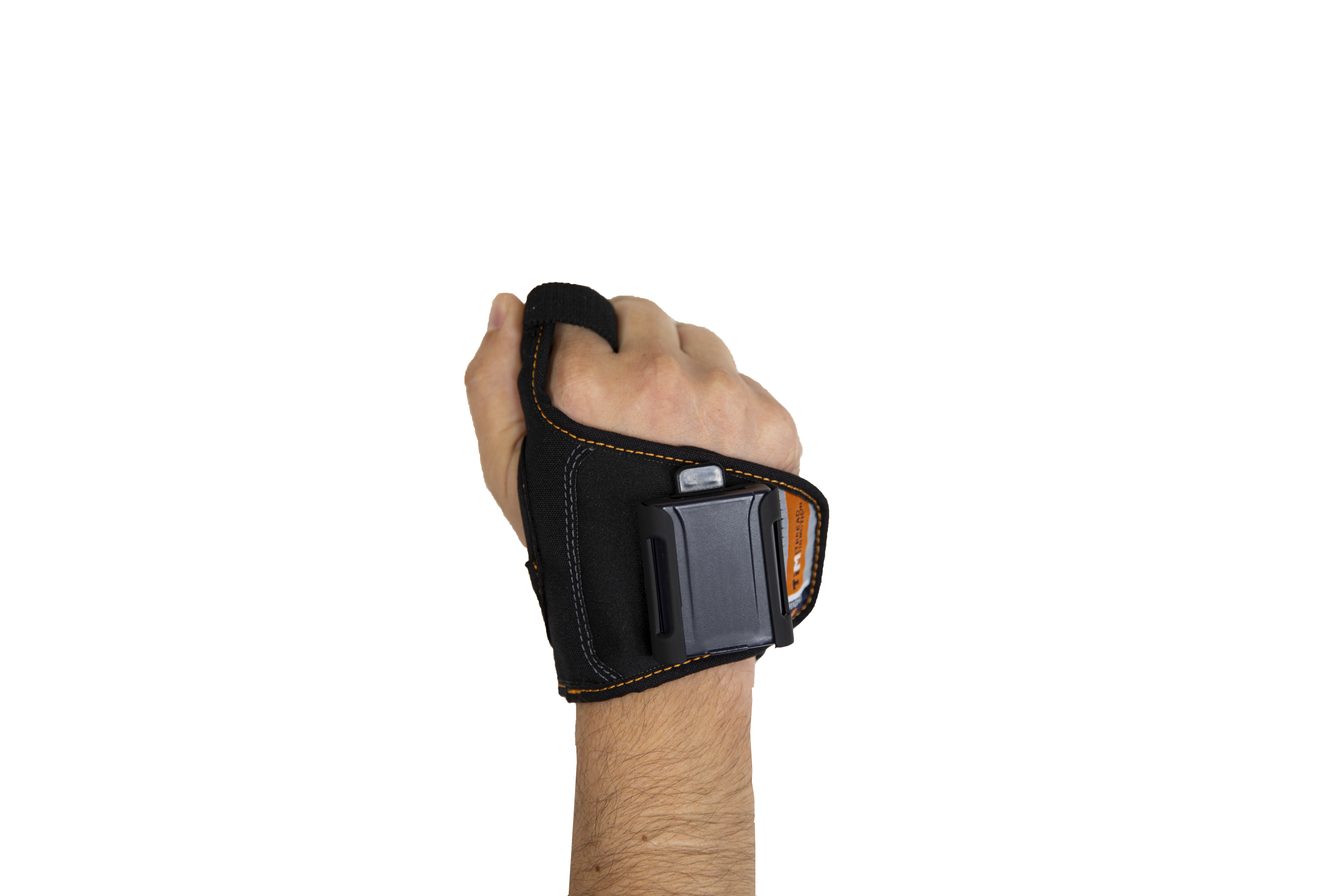Do Smart Wearables Increase Productivity?
People are encouraged to focus on ways to optimize these processes as goals such as minimizing tag time in production processes, being able to output...
3 min read
Ece Tanışık : Mar 2, 2023 6:00:37 PM
Logistics warehouses saw a significant transformation as a result of the pandemic. As we are slowly coming out of the post-pandemic, it is possible to become a pioneer of change by foreseeing what awaits us and keeping up with it. Companies need to keep up with digitalization to survive in the competitive industry. We can expect to see further changes that will continue to shape the future of warehouse management throughout 2023. In this blog post, we'll explore some of the most important trends we can expect to see in warehouse management this year.
One of the emerging trends in the logistics sector is the installation of automated systems. Automation now extends beyond simple package tracking. Companies must streamline every step of the production process, from raw materials to the assembly line, and from marketing through delivery to the final consumer.
Businesses utilize automated systems that enhance product management in order to lower the margin of error in processes like picking, warehousing, and shipping. By doing this, businesses may increase picking efficiency, manage inventories wisely, and maintain a steady supply of items that sell quickly. Automation not only eliminates human mistakes but also guarantees the security of personnel and goods in transit.
Although we've been discussing the value of automation in warehouse management for some time, we anticipate seeing even more robotics and automation adoption in 2023. Together with automated material handling tools like WMS software, automated guided vehicles (AGVs), automated storage and retrieval systems (ASRS), and conveyor systems, we anticipate seeing more digital solutions for picking and packaging.
Another trend in warehouse automation is artificial intelligence (AI) and machine learning (ML). In the warehouse management sector, the application of artificial intelligence and machine learning for data analysis and better-informed decision-making is growing. It is utilized for inventory management, predictive data optimization, and inventory tracking in real-time.
Artificial intelligence and machine learning enable devices to be networked and operations monitored, the proper methods to increase efficiency, and the analysis of a customizable set of real-time data on which to base business decisions. Integrating machine learning is the right decision for your warehouse to identify faulty or damaged products, ensure consumers receive high-quality products, and evaluate the course of warehouse improvements over time.
In warehouse and supply chain management, artificial intelligence and machine learning help with data analysis, while optimizing processes and operational efficiency, and ensuring that all operations are completed safely and without errors.
Machine learning and artificial intelligence allow for the study of a configurable collection of real-time data on which to base business choices, the networking of devices, and the monitoring of processes. Artificial intelligence and machine learning in warehouse and supply chain management support data analysis, improve operational effectiveness and process efficiency, and guarantee the accuracy and safety of all activities.
IoT solutions are required to regulate and improve warehouse procedures. The value of IoT in warehouse management is growing in direct proportion to the two items mentioned above.
IoT makes inventory management and analysis easier by using real-time data from linked devices. It determines the stock information and when products should be replaced.
The time it takes to find specific inventory is decreased by precise location data, which also enhances inventory management and prediction accuracy. They can also keep an eye on how things are stored, assisting businesses in preserving quality all along their supply chain. IoT devices have the ability to detect, monitor, report, gather information, and take action using that information.
In order to manage their warehouses, more and more businesses are choosing software (SaaS) technology. Users can access the application from any device with an internet connection, and cloud-based software offers flexibility in the organization of logistics operations.
Software that is hosted in the cloud increases productivity while reducing downtime risk. It also reduces costs by providing additional benefits to customers. Another advantage of cloud-based software is that your company does not need its own IT team for system maintenance and security.
The fastest and most effective ways for staff to work must be discovered by warehouse managers. These solutions should also allow workers to move about freely, without any restrictions. Wearables offer hands-free mobility and a comprehensive understanding of the objects in a warehouse.
With the implementation of new technology, 2023 looks to be an exciting year for the warehouse management sector. Businesses that adopt these trends and spend money on cutting-edge technology will be in a good position to stay ahead of the curve and succeed in the fiercely competitive warehouse management industry.
You may implement all these trends in your warehouse thanks to Thread in Motion's end-to-end solutions. Because of its Wi-Fi connection infrastructure and outstanding reception, TIM smart gloves, which offer simple integration with the Plug and Play feature, allow quick and accurate data flow without having an additional device. Since you don't have to pay an additional device fee, you can both reduce your costs and ensure that your employees can move freely.
Connected Workplaces, also known as CONWO, is our software platform that connects assets and processes in industrial facilities and provides operations analysis, recommendation-based calculations, and productivity management tools. IT managers and operations managers can quickly follow operational flows on a single page. With devices interacting through WiFi or Bluetooth, CONWO offers real-time, live data, a complete warehouse map, and real-time position tracking (RTLS). It offers suggestions to increase efficiency with real-time data obtained by AI algorithms.
Click to review Thread in Motion's unique products and solutions.

People are encouraged to focus on ways to optimize these processes as goals such as minimizing tag time in production processes, being able to output...

From the beginning of Industry 4.0, there is a clear path to be seen: Wearable Technology Era is coming. We are using smart devices, and if you think...

The manufacturing and logistics industries have begun the transition from industry 4.0 to industry 5.0. Each field in manufacturing, in particular,...